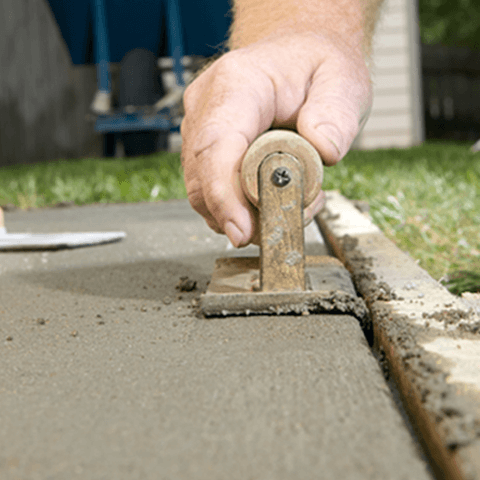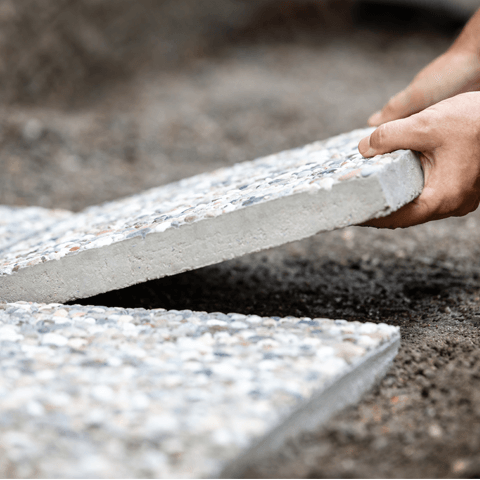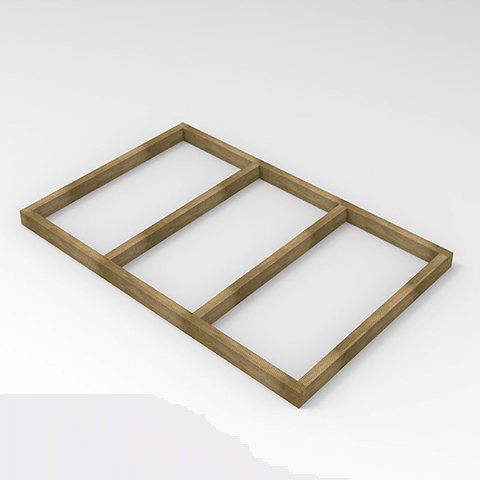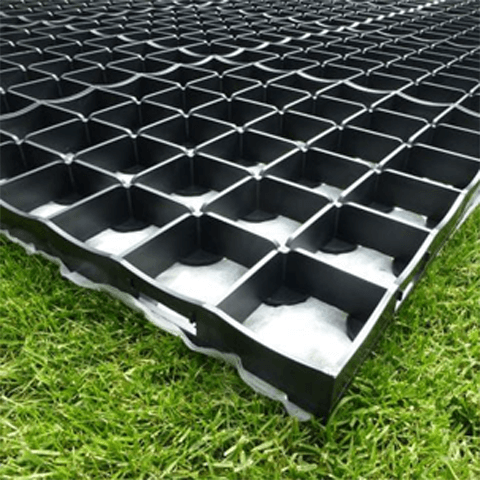My Basket
Checkout using your account
Checkout as a new customer
Creating an account has many benefits:
- See order and shipping status
- Track order history
- Check out faster
- Home
- How to build a Shed Base?
How to build a Shed Base?
Just how do you go about building a shed base that is suitable for a shed? Let us show you.
A shed base is necessary for sheds to maintain a dry interior, prevent rotting and keep the shed anchored down during high winds. For this, the shed needs a dry level foundation. This can be a patio, laying a concrete foundation or paving slaps. We advise that a 100-150mm size increase is provided, bigger than your shed and that you try to lower the edges for easy rain runoff.
Planning the shed base
- When your shed is delivered, check that all parts are there including nails, screws, hinges and any other ironmongery.
- Your shed will need to sit on a hard, level base, otherwise the frame will distort and the door and windows won’t open properly.


There are multiple ways of creating a shed base; firstly let us explore a concrete base.
Items required:
- Spade – Digging around 150mm into the ground making sure it is level.
- Wooden shuttering – To keep the concrete in a fixed state for setting.
- Hardcore – 100mm filled of hardcore then concrete mixture poured on top.
- Concrete – Enough to create a base that is 100-150mm larger then proposed shed size.
Once you have followed these steps allow time for the concrete to set, using a twig to ensure that is set before further action. A concrete base is the ideal base for all types of sheds.


Secondly, let us explore a garden slab base. A slab base is an easier alternative solution to a concrete base. However, these slabs need to still be placed on a stable flat surface e.g. concrete.
Items required:
- Spade – Digging around 150mm deep into the surface layer.
- Concrete – Filling around 100mm deep and allowing it to set.
- Shed slabs – Start from one corner and place slabs tightly.
Dropping the slabs starting from one corner will allow for a tight placement pattern, which is sufficient for a shed to stand on.


Another option would be wooden bases.
A wooden base is a frame of pressure treated joists which protect the shed from contact with the ground. If a wooden base is available to purchase with one of our sheds, it will appear in the shed’s accessory menu. If you want the shed AND the wooden base installed as part of our installation service, you must select this specific installation option.


The final shed base option we are going to talk about are plastic bases.
Shedstore sell plastic shed bases as an easy to assemble kit. 100% recycled, these eco-friendly bases include membrane and, though light, are extremely strong and durable. They should be filled with pea gravel before use with larger sheds, as indicated by the instructions. Please note that plastic base installation is not offered with our installation services. It must be installed before the team arrive.
Examples of shed bases that are not efficient are:
Grass – Timber sheds will rot on grass bases and you will find that the shed will eventually fall apart and may cause damage or injury to you and your items.
Garden slabs – Simply placing slabs on top of dirt or grass is not efficient, as it will not produce a flat and stable surface for the shed to sit on, creating an uneven distribution of weight on the shed.
Please note: if you have paid for shed insulation, the installation team will not clear your garden for you and may not wait around for you to do so. Always prepare your garden in good time for your delivery. If you require visual instructions on how to create any of the following shed bases, we suggest a rated Youtube video to enable a smooth and easy build.
We are here to advise and answer any questions you may have about shed bases, do not hesitate to give us a call on 0333 003 0518. Alternatively drop us an email at and we will get back to you as soon as we can. Find our contact details here.




